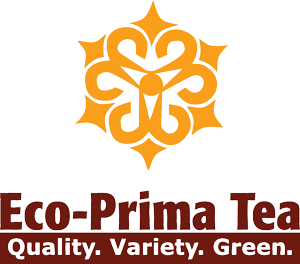Say It With Flowers!
Chrysanthemums in your Tea? Oh yes. Flowers have been used in food for centuries. In fact, the first mention of it goes all the way back to 140 B.C. The Romans and Greeks used the yellow calendula (also called marigold) and even the Bible mentions dandelions. Ancient South American histories of the Aztecs also reveal the use of flowers for religion and rituals. The Mayans used the sacred water lily in many ways.

In the Victorian era, Floriography or the “language of flowers” was developed and heightened by the publication of flower dictionaries. Flowers took on new significance as they were used to convey messages, both positive or negative. A lengthy list was compiled, assigning meanings to flowers and their arrangements. Here are some delightful examples:
- Bluebells meant Kindness.
- Tulips represented Passion.
- A White Violet indicated Innocence.
- Some bouquets were designed to be held at nose level and thus were known as “nosegays”.
- Suitors would present small fragrant bouquets to their ladies and if held at heart level, that would indicate happiness; if held pointing downwards, that would mean rejection.
- Myrtle was used to symbolize Good Luck.
- Geraniums meant Sincerity.
- Daisies signified Attachment.

In addition to the use of Flowers to convey messages, they were also used, sometimes lavishly, in meals. Victorian cooks molded, glazed and garnished foods with indulgent abandon. Desserts were the grand finale and dishes were flavored with rosewater and caraway seeds. Candies were garnished and presented with lemon verbena and mint. Non-alcoholic elder-flower drinks ended fine meals.

Edible flowers have now found their way into foods, some only for garnish and beauty, others for their taste. Humans, of course, have been eating flowers since antiquity. Saffron crocuses in Persia were dried and highly prized for their use in food and as a coloring agent. Saffron continues to be the most expensive spice in the world. The Salonierre published an entire article entitled “The 10 Best Edible Flowers". But you don’t have to spend a fortune to introduce flowers into your food. Nasturtium, Basil, Squash Blossoms, White Elder Flowers, even Day Lilies and Violets make delectable additions. You’re probably already familiar with Chamomile, Jasmine, Hibiscus and Lavender in Tea but the earliest teas were blended with Rose and Chrysanthemum.
Why put flowers into food at all? First, to intensify flavors. Second to add aroma and, finally, of course to add texture and aesthetics.
Flowers in tea – other than Rose and Jasmine – are added mainly for beauty and to enhance the visual pleasure. Tea is Art and a full sensory experience:
- First, Sight - Behold the beauty of the leaf and flowers.
- Second, Smell - Take in the full aroma of the dry and infused leaf.
- Third, Taste - Savor the nuances of the underlying leaf and flowers and flavor.

Over the years, our own flower repertoire has grown. Floral additions now include Osmanthus flowers, Blue Cornflower petals, Linden Blossoms, Mallow Blossoms, Calendula, Rose Petals, Hibiscus & Red Safflowers. Some of our most popular blends are distinguished purely by the addition of Flowers. Our well-loved Blue Flower Earl Grey is one such Tea. Other tea creations enhanced by the sheer beauty of flowers are:
Passion Berry – Marigold and Safflowers
Vayu Herbal Blend – Chamomile, Rosebuds & Saffron.
Flowering Teas - these are hand-tied tea balls that bloom when infused in water.
Enjoy the bounteous pleasures of Tea. As you open your container of Tea, know that it was artfully blended to provide you with a burst of color as well as flavor. Say it with Flowers!
Leave a comment







